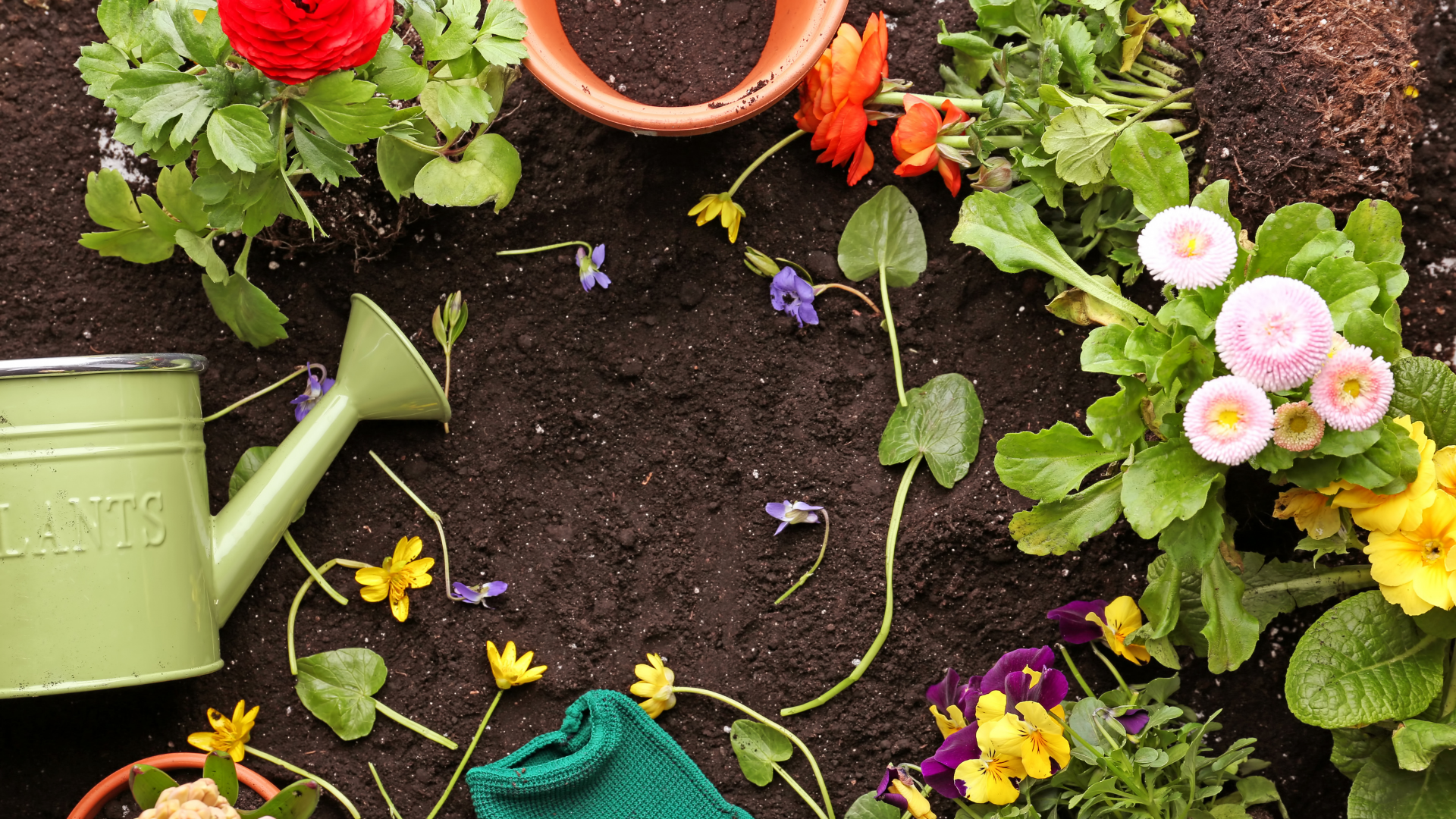Gardening can be a rewarding hobby but also one that can be trying. Finding the right soil is always a challenge, as are weeds, insects, and weather. So how do you know if you’re doing the right thing? Installing a watering system, for example, or choosing a good location to plant. These may seem like simple tasks, but garden improvement involves some digging, so knowledge is power.
Here Are Different Techniques for Garden Improvement
- Include Compost.
A garden is much more than a flat surface of dirt with plants; it’s also an intricate ecosystem of organisms. These organisms include soil microbes such as fungi, bacteria, nematodes, etc., as well as insects and birds. In an undisturbed garden ecosystem, organisms collaborate harmoniously to enhance plant growth. This involves enriching the soil with nutrients, suppressing weed growth, and managing pests with the help of beneficial Nematodes from Green Gardener or other reputable stores. It’s crucial to recognize that thriving ecosystems thrive on diversity, as it fosters healthy competition among species. Organic gardening is making a strong comeback. Some people just don’t have the time, effort, or love to devote to tending a garden. Others may want a more hands-on experience with garden produce. Whatever the reason, many people are turning to a compost pile to help them grow plants and vegetables they can enjoy. Compost can be made from yard waste, kitchen scraps, and other materials. Composting does not produce waste and is environmentally friendly.
- Have A Soil Test.
When you think you have good soil, that’s when you don’t. Tests tell you what plants will grow best in your soil. Once you know this, you can select the best plants for the type of soil you have. Soil tests are important. They offer clues to how plants grow, how fertilizers work, how well they store water, and how easily the soil holds nutrients. It takes some effort to get your garden ready for planting. Start with soil testing to find out which nutrients the soil needs. Once you know, apply the appropriate fertilizers to give your garden the best possible start. If you’ve never done soil testing before, don’t worry. It’s easier than you think.
- Stop Soil Compaction.
Is your garden compacted? When gardeners compact the soil around their plants, they prevent air and nutrients from reaching their plants. Compaction makes life more difficult for plants, but it also makes life more difficult for gardeners. The gardener who tries to dig up the compacted soil while digging around plants can injure them. The gardener who attempts to loosen the soil can injure them. And, of course, the gardener who plants seeds in compacted soil will surely fail. Compaction in the soil is harmful.
- Go Around Crops Each Year.
Changing your approach to your garden every year could be the key to improving your garden. So, what can you do differently next year?
– You could add various plants to your gardens, such as flowers, herbs, or vegetables.
– You could change the shape and layout of the garden.
– You could add water features.
– Consider using different crops, such as veggies.
- Soil Surface Mulching.
Garden improvement can be confusing at first. The process of clearing and preparing your garden bed, then adding compost, mulch, and fertilizer can be daunting. But soil surface mulching can help. Mulching is the application of material that is placed on top of a garden bed, usually using garden rakes or shovels. Many different mulch materials can be used, including bark, hay, straw, tree leaves, grass clippings, and wood chips.
- Beautify The Garden with Perennial Flowers
For gardeners, it’s that time of year: The seed catalogs have started to arrive, the temperature has cooled, and fall has officially begun. The warm days of summer are finally over, and it’s time to get to work. One popular way to beautify the garden is with perennial flowers. These are plants that grow back year after year, providing color and interest for years. However, one thing to be aware of is that perennial flowers are different from annuals, which die back each summer, which is why gardeners sometimes talk about “planting perennials” or “planting annuals.”
If you have a garden full of tomato-bearing plants or dwarf cherry trees, you would need to keep them safe from wildlife and pests. Otherwise, they would eat away all the produce and bring harm to your plants. In order to prevent this from happening, you need to install crop cages made of aluminum wire cloth around the fruit-bearing plants. They are sturdy, durable, and come in a wide variety of sizes and styles to accommodate a variety of different crops. Before you select your design, think about the type of fruit and vegetables you’ll be growing inside. Usually, homeowners opt for large walk-in crop cages as they offer more versatility, giving them the space to grow everything from fruiting shrubs to dwarf trees.
A garden with diseased or decaying trees will enable the fungus or bacteria to spread, which is why it is wise to keep an eye on trees regularly. Pruning damaged or affected areas of trees can allow them to grow healthily. The minerals and nutrients a tree uses for photosynthesis will not be wasted on dying areas and which will, in turn, allow it to flourish. Look for wilted leaves, discolored bacterial spots, blights, grey mold, black rot, and mildew on the trees. Once you notice them, get in touch with Red Deer tree service or similar firms in your locality to get the nuisance removed. Keep in mind, this can add more years to the life of your beloved garden.
Picture this: you are sitting inside your octagonal wooden summer house, enjoying the pale rays of the setting sun and your Sencha Fuji Green Tea from your goblet cup. The gentle breeze of twilight hours is making your heart flutter with its inexplicable charm. The faint smell of lavender invigorates your mind, making you fall in love with your garden all over again. Sounds perfect, right? A summer house seated in a cozy corner of your garden could be all you need to elevate your living standards. The best part: summer houses add value to your property. So, if you ever consider selling your house, you could ask for a handsome amount of money.
Conclusion
Many people like to garden, but doing it well is certainly an art. Some people prefer to buy their plants from a garden center, while others prefer to grow their own. Also, it’s not uncommon to need a little help from a professional when it comes to laying out the garden and figuring out what types of plants will flourish in what conditions.



